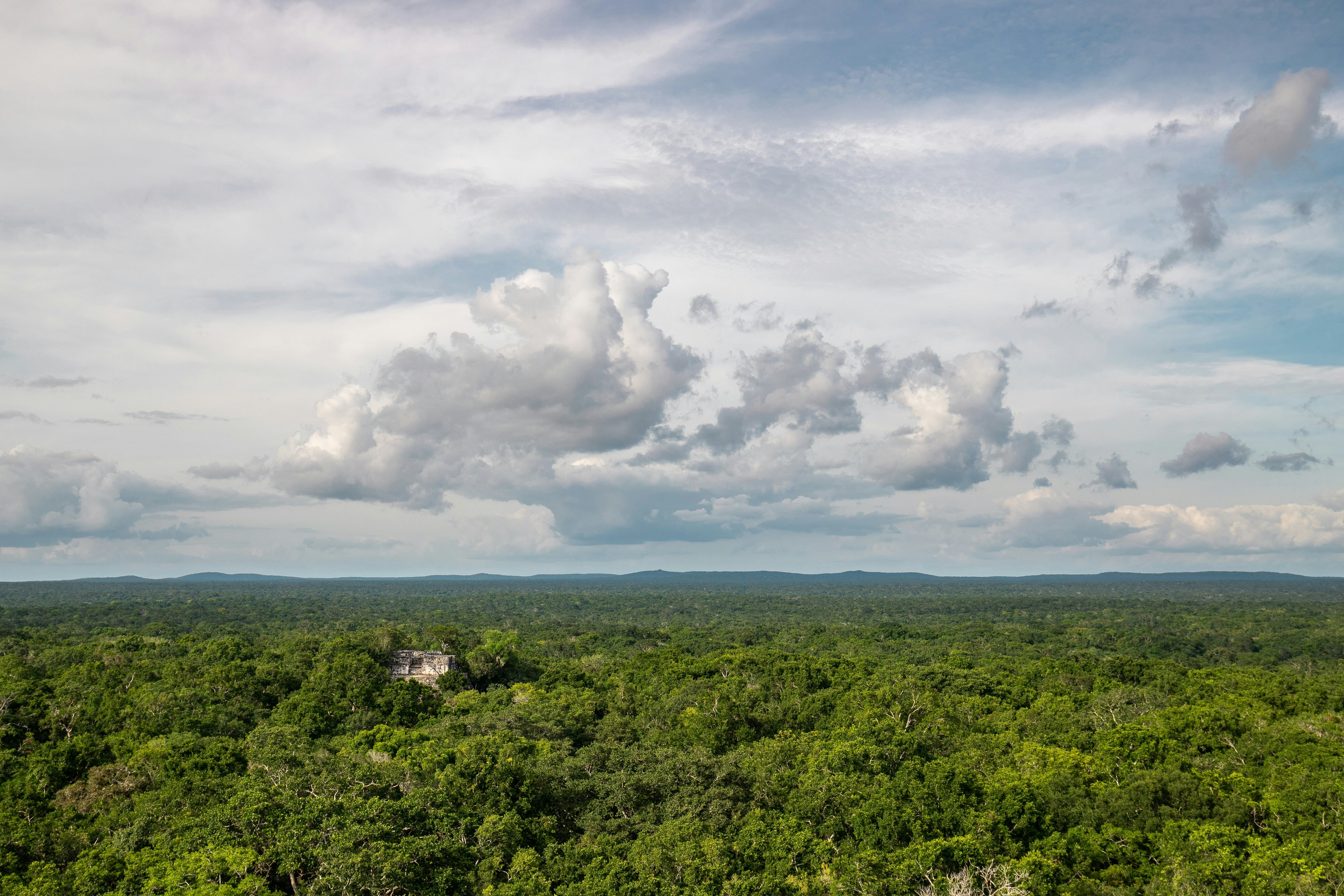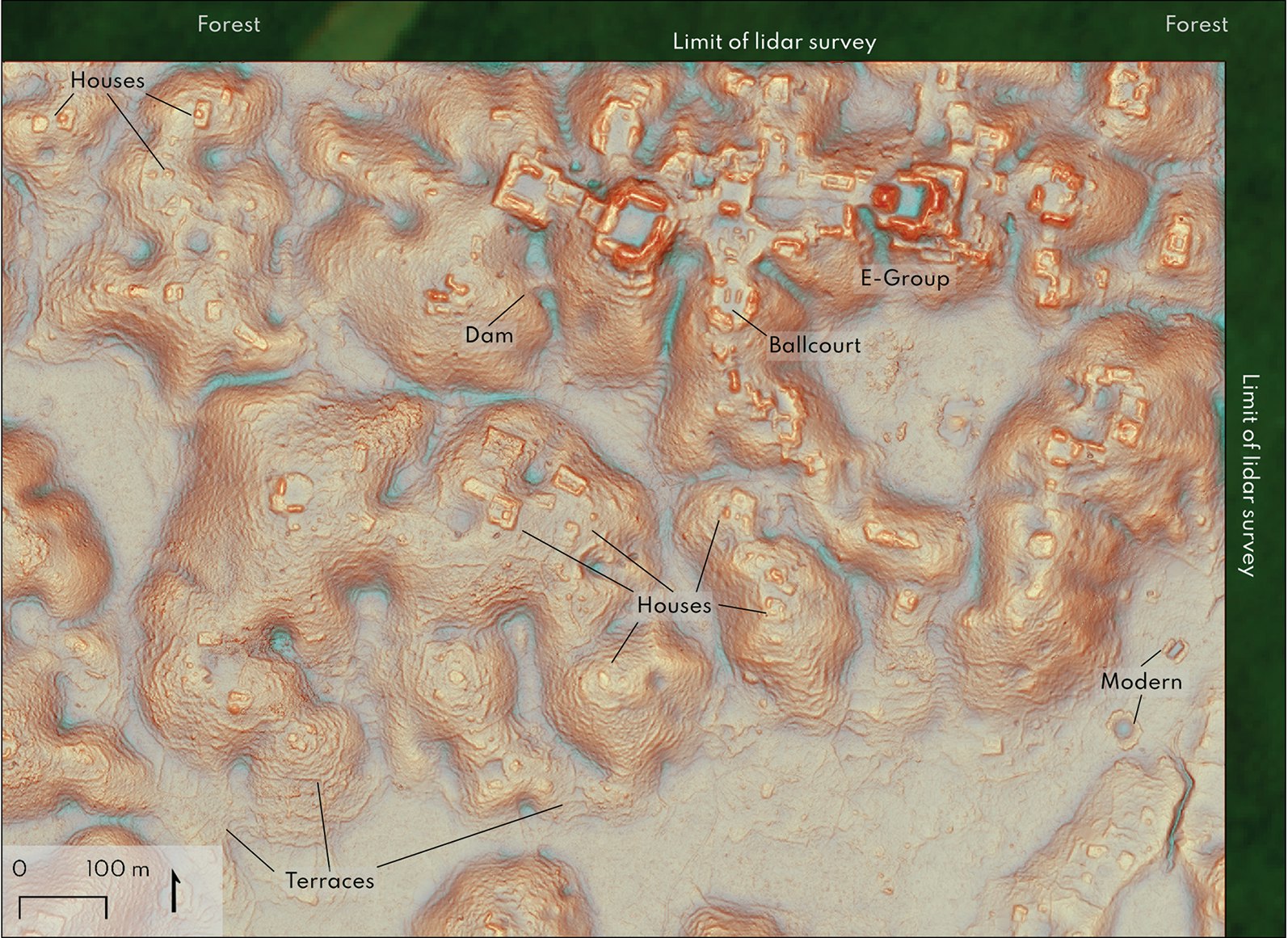
This week’s news that archaeologists have discovered the long-lost city of Valeriana highlights one major part of Maya society: astronomical observatories.
More than 6,000 structures unveiled themselves to a team of archaeologists who looked through a 2013 ecological survey of Campeche, Mexico. This part of the Yucatán Peninsula is north of a highway where there’s been very little investigation until recently. Among the revelations is a special place of ceremony and Sun-watching.
“Valeriana has a crowded landscape,” Luke Auld-Thomas, archaeologist at Tulane University and lead author of the new research published Tuesday in the journal Antiquity, tells Inverse.

That includes a ceremonial space, made of a pair of buildings, with a platform oriented north-south and a pyramid to the west. Auld-Thomas says this was a place “for watching the movement of the Sun.”
Astronomical sites like this were common in Maya society. But, they weren’t all the same. Auld-Thomas says they were diverse in size, and varied in terms of what they were looking at, as people marked different dates of the year.
Valeriana’s pyramid and observational platform belong to a collection of large structures archaeologists call the E-Group Assembly.
Archaeologists believe E Group structures helped Maya society create a calendar of the seasons. It’s likely the structures were placed in a way that highlighted the positions of sunrise on the equinoxes and solstices. Monitoring celestial motions helped people meet their agricultural needs.
The observatory appeared along with other classic Maya structures. These include dams and reservoirs, also created so people could survive the challenging environment.
Their year was split into a very dry season, and a time of almost-daily rains. And in the long-term, the amount of time that the wet or dry season lasted could change significantly.
They built the structures in response to this. Archaeological evidence shows structures that could retain soil moisture when water was scarce. Constructing dwellings upland was popular, too, so that people could stay dry from flooding when it rained a lot.
Valeriana matters because archaeologists can compare it to other popular Maya sites, like Chichén Itzá or Tikal. In this way, the hidden city can “provide a really wonderful natural laboratory for how one society can provide different solutions to the same problems,” Auld-Thomas says.
Valeriana is hidden in the forest, and there’s probably many more buildings yet to be found. The observatory is located in what would have been a downtown, and these areas tended to be in the middle of the settlements, Auld-Thomas says. The E Group structures sit in a corner of the survey area.
As archaeologists continue to explore the fascinating cultural heritage of many modern communities in Central America, their responses to climate change, and their curiosity for what was happening in the sky, the past becomes the present.







